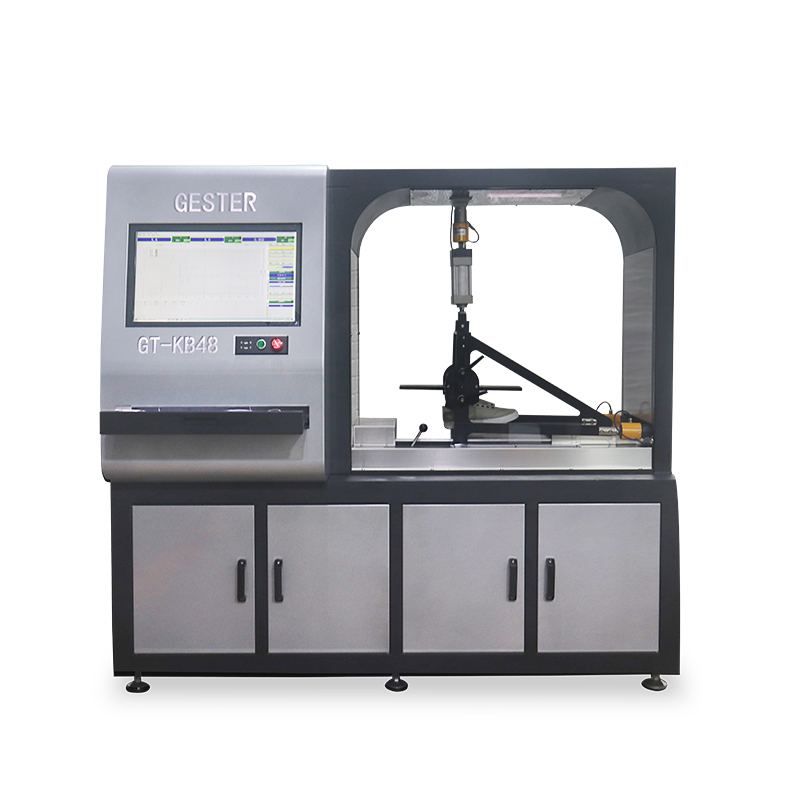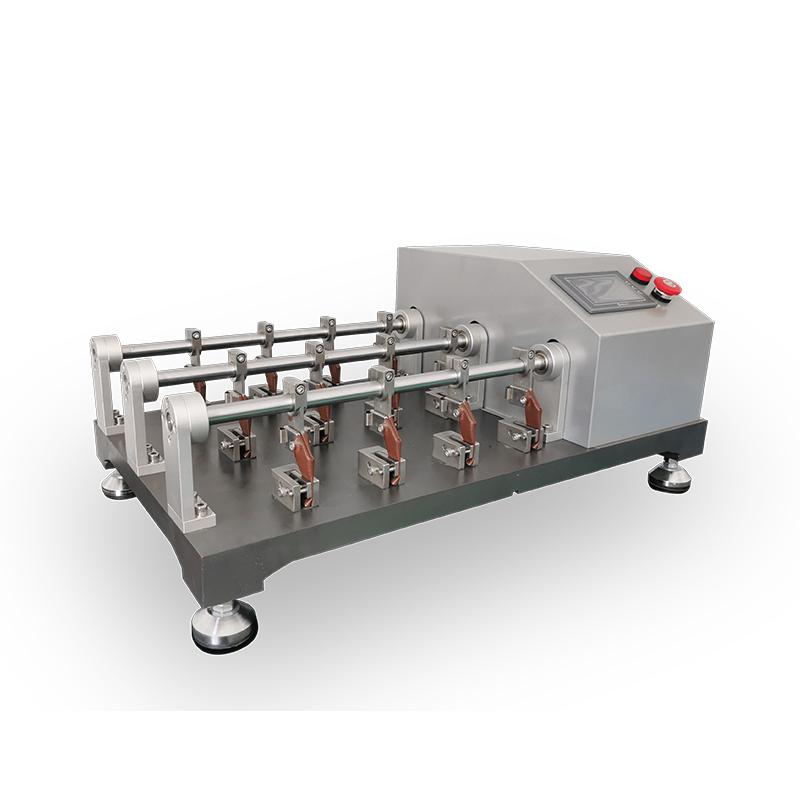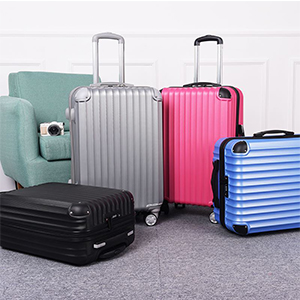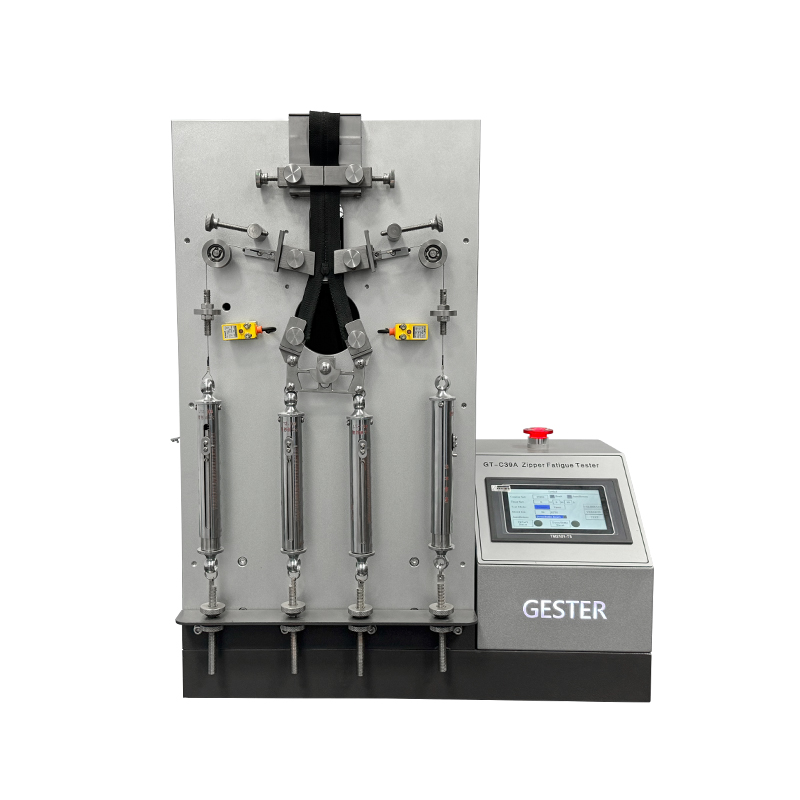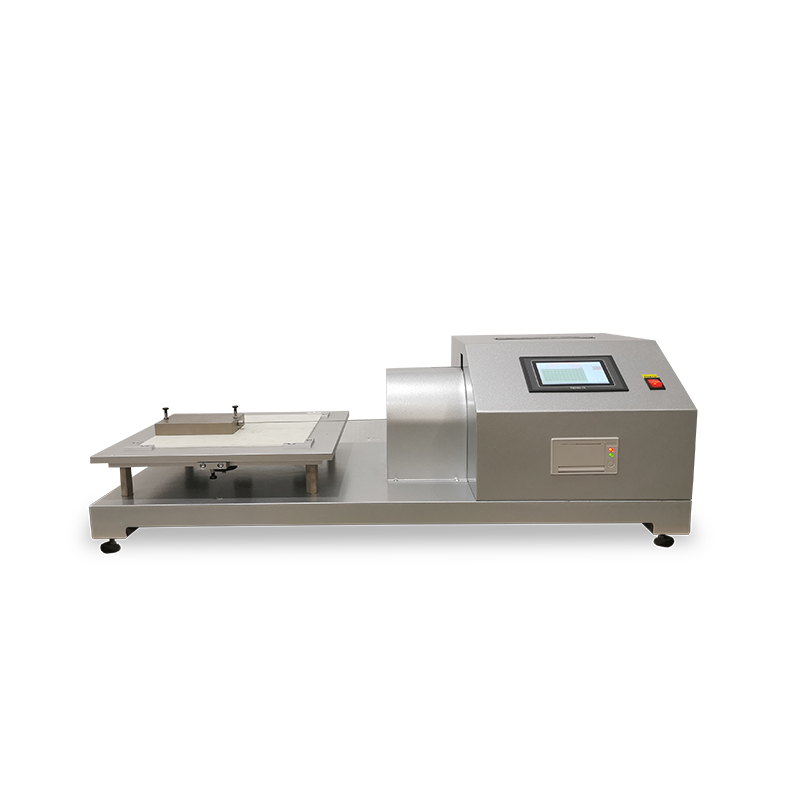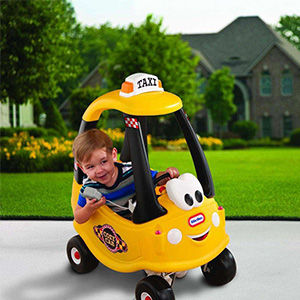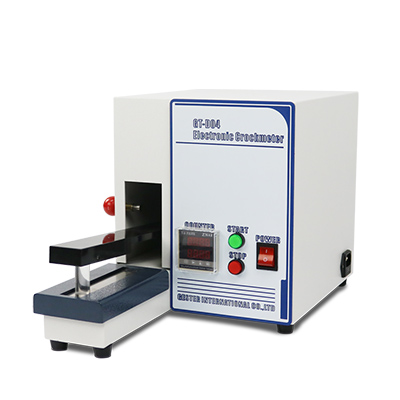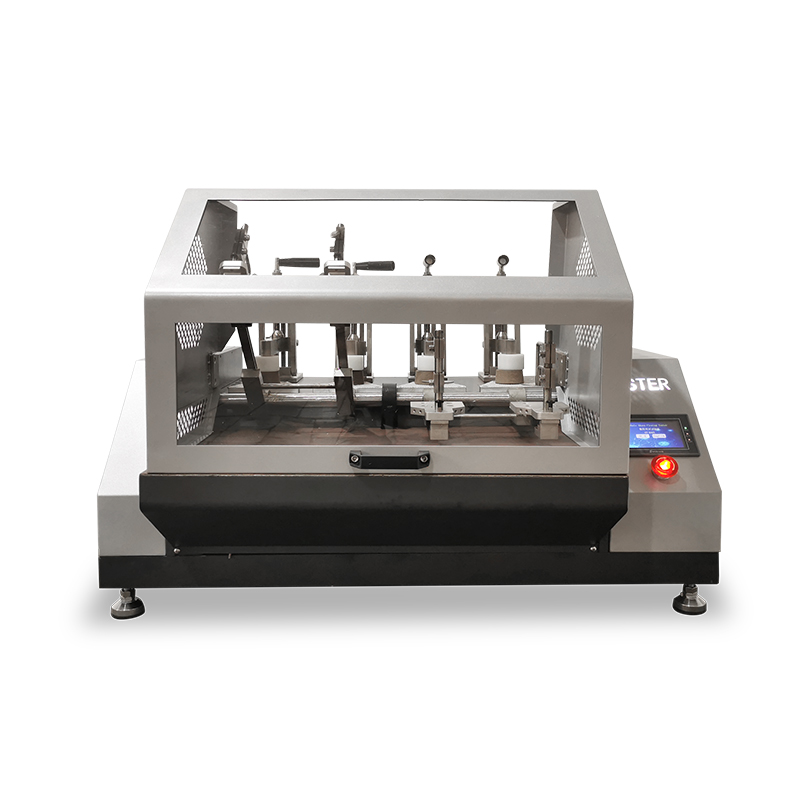What kind of suitcase is durable?
December 12, 2018
On a business trip, it is essential to travel with a suitable suitcase. But when you want to buy a good suitcase, you will find that there are a variety of suitcases in the world, dazzling and dazzling. There are three categories for the classification of travel bags according to the standard. 1. According to the variety is divided into: (1) travel hard box; (2) travel soft box; (3) travel bag 2. According to the material, it is divided into: (1) leather as the surface layer material; (2) artificial leather/synthetic leather as the surface layer material; (3) recycled leather as the surface layer material; (4) fabric as the surface layer material (5) Metal as the surface layer material (6) Plastic as the surface layer material (7) Using a variety of fabrics as the surface layer material (mixed fabric material) (8) Other surface layer materials Other materials Travel bags 3. According to the type: (1) vertical (2) horizontal Not only the categories, but also the size, style, function, etc. You have to consider, is it tired? In the end, maybe you want a durable suitcase, so what kind of suitcase is durable? A durable suitcase is sure to withstand the long-term test of its unevenness. There is an effective test standard to test the travel performance of the travel bag. It is the luggage walking test method. Luggage walking test method. It has two test methods, the test principle is: Method A: Load the specified load in the sample, and use the friction between the test roller of the roller walking test machine and the sample wheel to collide with each other, impact shock and wear on the sample, and simulate the use of the bag when walking. The condition is used for continuous walking test to test the quality of the sample wheel, axle, wheel frame, tie rod and box, and calculate the wear amount of the wheel. Method B: loading an appropriate amount of load in the sample, using the belt of the conveyor belt type walking test machine to travel the abrasive cloth, the test bump and the sample wheel between the friction and impact of each other, impact shock and wear on the sample, simulation luggage The running condition during walking is used for continuous walking test, and the sample walking wheel, axle, wheel frame, tie rod and box body are inspected, and the wear amount of the wheel is calculated. These two methods are to simulate the use of luggage when walking for continuous walking test. All in all, under certain conditions, the longer a suitcase can “walk” continuously on uneven roads, and the appearance of the suitcase is not abnormal, the smaller the wear of the wheel, the stronger its durability. The above test can be tested using a GESTER Luggage Caster Mileage Tester.GESTER Instrument Equipment Co., Ltd. is a high-tech enterprise engaged in the research and development and production of high-precision physical testing instruments. It provides integrated laboratory testing solutions for children's products, textiles, shoes, furniture, bags an...
View More
